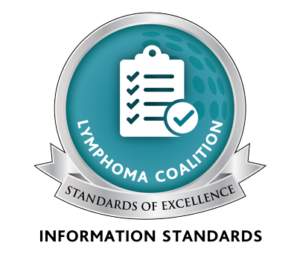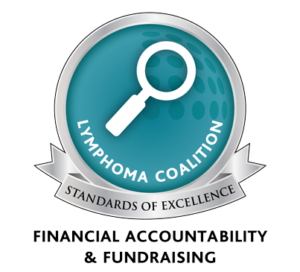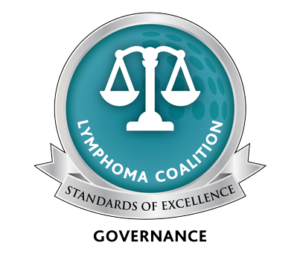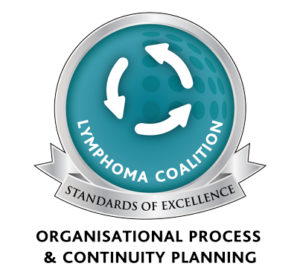Learn how Robin M. is overcoming the fear of recurrence.
When lymphoma comes back after a period of time it is called a recurrence. Depending on the type of lymphoma, recurrence can happen weeks, months, or even many years after the original lymphoma was treated.
Many patients who are diagnosed with indolent or slow-growing lymphoma may not require immediate treatment because they do not have symptoms. These patients are closely monitored using a Watch and Wait approach, which is also called Watchful Waiting. However, many patients call this approach “Watch and Worry” and that’s understandable. Keep in mind Watch and Wait does not mean that nothing is being done. The process is still an active one. You are seen regularly by your doctor and are closely monitored for signs of disease progression. If Watch and Wait is the protocol that has been prescribed for you, you should be observant about the presence or change of disease symptoms, most notably B symptoms. These include fever, night sweats, and unexplained weight loss. The onset of B symptoms can be referred to as occurrence. Most patients who are in Watch and Wait do eventually need active treatment, usually at about 18 months after diagnosis. However, do keep in mind that there are some patients who never require treatment.
With respect to lymphoma recurrence, it is impossible for doctors to know which patients will experience a recurrence. Some lymphomas have a more predictable pattern of recurrence. A doctor familiar with your medical history can give you more information about what your particular risk factors might be.
If recurrent lymphoma is detected or suspected, much like when you were first diagnosed, your doctor will order blood tests, imaging studies, and biopsies to learn as much as possible about the recurrence. If you are under the care of a family doctor, he or she may order some tests and then you may be referred to a specialist for further testing.
After testing is completed, you and your doctor will discuss whether treatment is indicated and what options are available to you. When recommending a treatment plan, your doctor will consider a number of factors including the following:
- The type, location, and size of the recurrent lymphoma
- Your overall health
- The type of treatment you originally received
- How the lymphoma responded to treatment
- The side effects from the original treatment
- The amount of time that has passed since your initial treatment ended
Your doctor may also suggest participating in a clinical trial. A clinical trial is a study with new treatments.
When deciding among treatments, it is important to consider the goals and expected benefits of each treatment, as well as the possible risks, side effects, and the impact on your quality of life. Meanwhile, relieving symptoms and side effects will remain an important part of your care and treatment plan. Be sure to keep your healthcare team up to date about symptoms you experience, including new symptoms or changes in symptoms.





